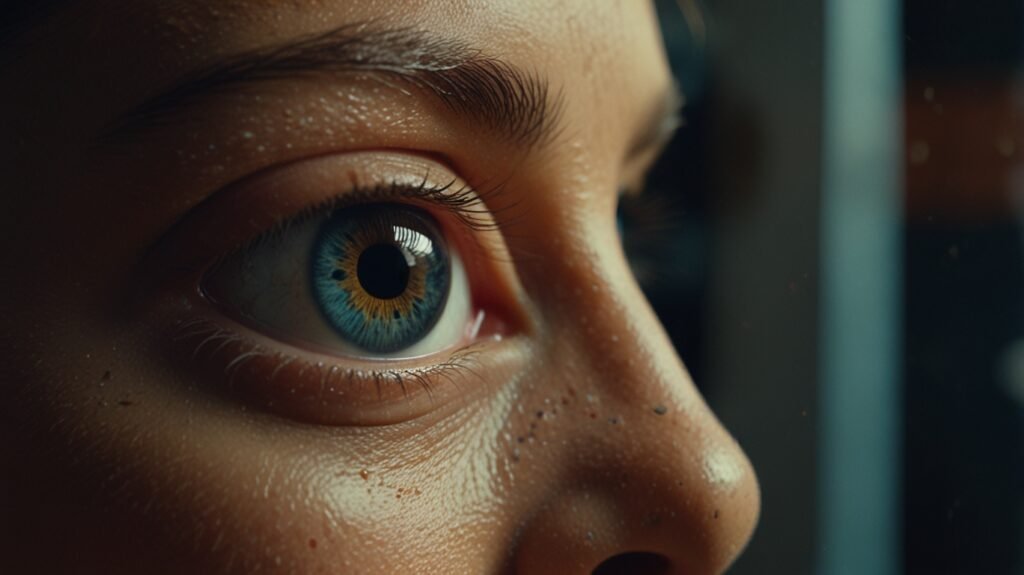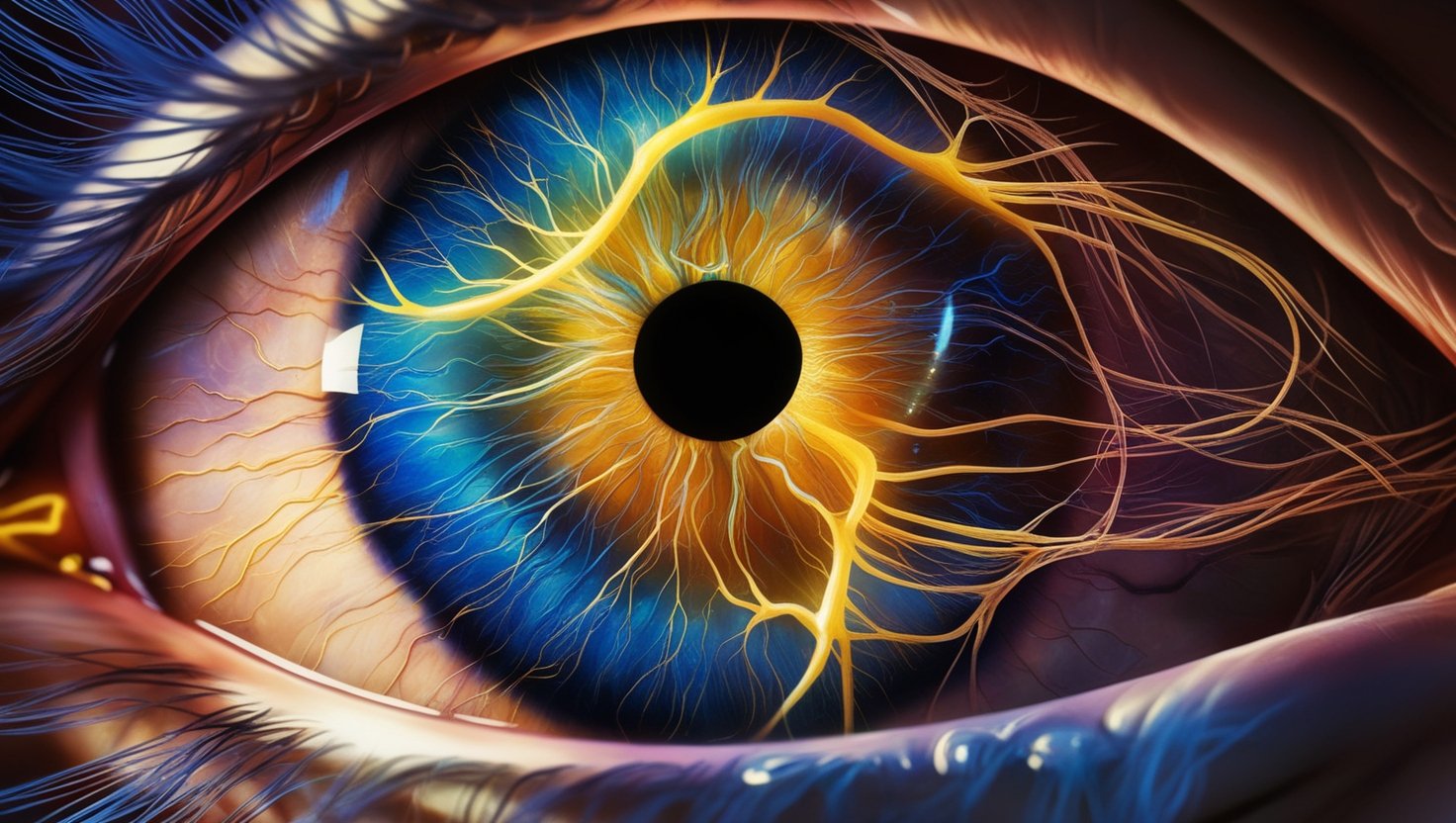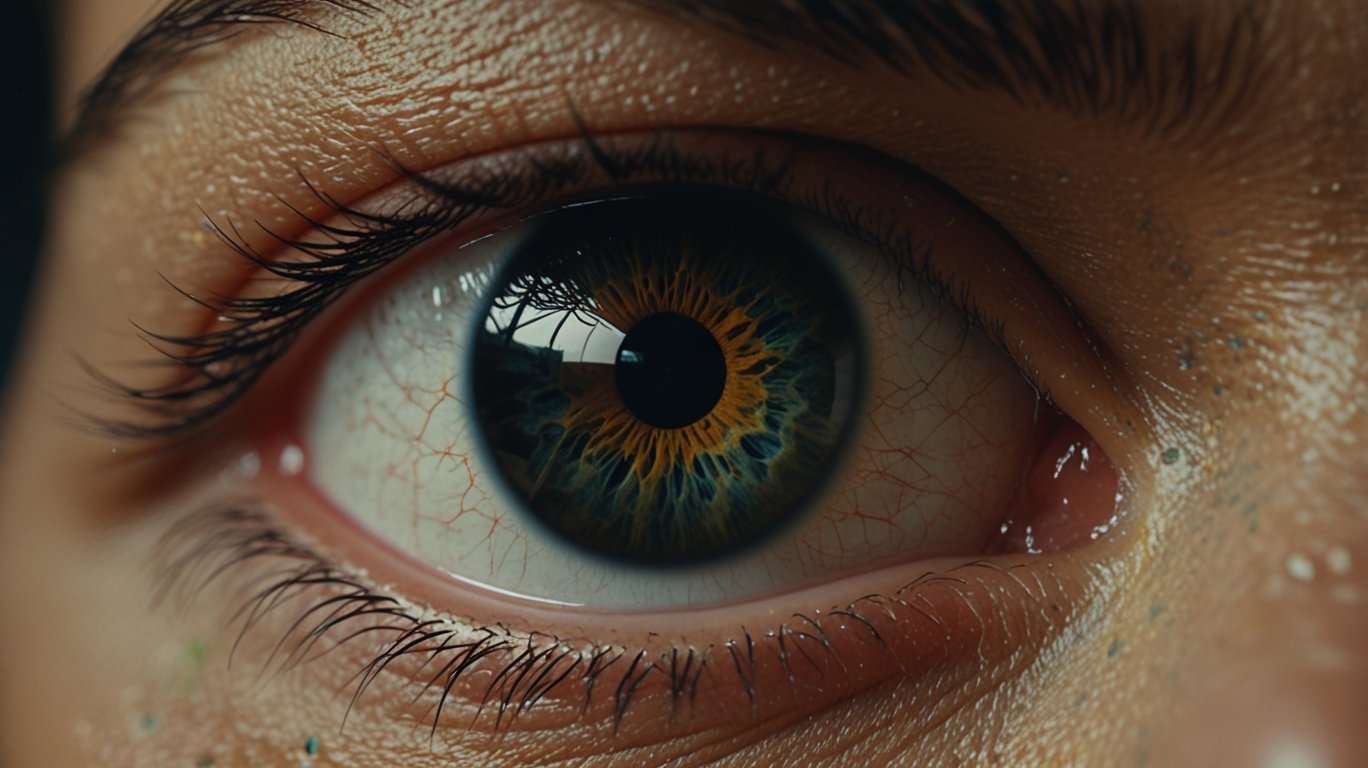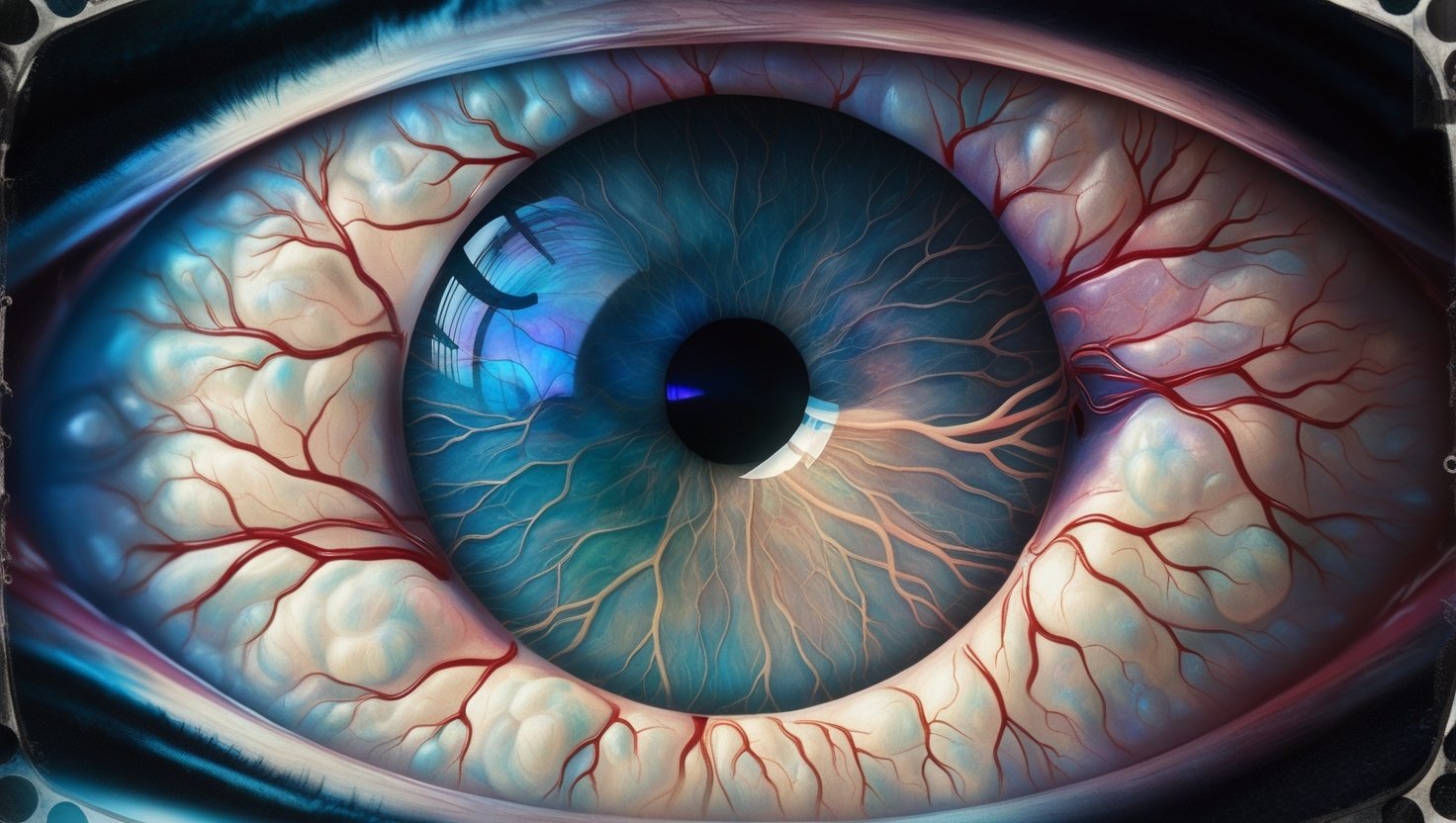Cataracts often stealthily develop as we age, clouding our vision with a subtle fog that worsens over seasons and years. Noticing cataracts early allows for timely care that can sharpen declining sight or slow deterioration. This article explores early signs of cataracts, how they advance, and potential reversals or decelerations. We’ll also cover advanced cataract issues and warnings to safeguard eyesight for as long as sight remains.
Understanding Cataracts
Over seasons, lens proteins within our eyes sometimes cluster, dimming sight. This clouding, called a cataract, can arise from years, trauma or disease. Cataracts typically progress gradually and may affect one or both eyes. While seniors are at risk, injuries or prolonged sunlight can also induce cataracts in youth.
What Is the First Sign of Cataracts?
Cataracts’ stealthy onset often brings gentle, imperceptible changes. Some earliest, subtlest symptoms:
Vision’s quality fades, as through mist or a veil. Small print and distances view become unclear, tasks strain eyes.
Sensitivity grows to glaring light. Sunlight or night driving produces stronger, haloed headlight glow. Advanced issues and coming changes signal when care is needed to maintain sight.
Deteriorating Vision at Nightfall:
Night vision has a tendency to fade with cataracts, making it testing to see in low-light environments. You may discover it more complicated to drive after dusk, as approaching headlamps can cause more glare and discomfort.
Diminishing or Yellowing Hues:
Cataracts can produce colors to appear less vivid and more yellowish. This happens because the lens within the eye can become discolored over time, influencing hue interpretation.
Two fold Imagery in One Optic:
Another original indication of cataracts is two fold imagery in one optic. This arises when the cataract triggers light to diffuse as it enters the eye, leading to distorted vision. This symptom may vanish as the cataract persists to evolve, but it is an substantial warning sign.

Early Indications of Cataracts and Their Consequence on Daily Existing
These original indications of cataracts can significantly impact your daily routines. You may find it more complicated to read, drive, or accomplish tasks that necessitate lucid vision. Identifying these symptoms originally and consulting an eye expert can help you control the condition productively and maintain a fine quality of life.
Is It Possible to Turn Around Cataracts?
While there is no conclusive way to turn reverse cataracts without surgery, certain lifestyle modifications and preventive measures can help slow their progression. Here are some strategies that may help reduce the impact of cataracts:
1. Maintain a Healthful Diet: Consuming a diet rich in antioxidants, vitamins C and E, and omega-3 fatty acids can back overall eye health and may slow the progression of cataracts. Foods like leafy greens, fish, nuts, and citrus fruits are advantageous.
2. Protect Your Optics from UV Rays: Donning sunglasses that obstruct 100% of UVA and UVB rays can help protect your optics from UV damage, which is a contributing element to cataract development.
3. Quit Smoking and Limit Alcohol Consumption: Smoking and binge drinking significantly elevate the risk of developing cataracts at an early age. By abstaining from tobacco and keeping alcohol intake moderate, one can do much to protect precious eyesight for years to come.
4. Regular Eye Exams: Consistent eye exams every couple years allow doctors to catch cataracts in their nascent phases. Identifying cataracts early on opens up options for slowing progression and preserving vision that waiting risks losing. Making checkups routine vigilantly safeguards sight.
Advanced Cataract Vision Hurdles
As cataracts worsen over time, they pull vision into ever darker distress. Advanced cataract vision may encounter:
1. Pronounced Blurry Vision: All grows blurrier, faces fuzzier, and distances dimmer, soon making even reading or driving an impossible chore.
2. Acute Light Susceptibility: Ordinary light transforms into an unbearable glare, shadows swarm where none were, and the simplest lumens assault.
3. Depth Perception Derangement: Distances deceive as solid ground starts swinging, heights hover and the world seems to lean, endangering each step.
4. Repeated Prescription Alterations: Newer lenses help little as needs change too fast, a maddening merry-go-round spinning out control.
Warning Signs of Cataracts
It is crucial to notice warning signs of cataracts and get prompt evaluation, for cataracts progress pitilessly. Be especially wary of:
1. Abrupt Vision Variations: Flashes, blackouts, or other unforeseen visual disturbances demand instant inspection for underlying cause.
2. Persistent Eye Discomfort or Redness: While cataracts cause no pain themselves, lasting irritation could hint at additional ocular affliction necessitating care.
3. Difficulty with Daily Duties: If basic activities like driving, reading, or work start challenging, vision has degraded enough to seek aid before lifestyle limits tighten further.
Conclusion: Taking Action Against Cataracts
Cataracts are a common and treatable eye condition that often develops slowly over time. However, catching them in the early stages is crucial for maintaining clear vision. Some of the earliest signs include blurred vision, sensitivity to light, and difficulty seeing well at night. Adopting a healthy lifestyle with a balanced diet, staying active, and protecting your eyes from UV rays can aid in slowing the progression.
While cataracts can only be removed through surgery once developed, routine checkups allow doctors to monitor changes and discuss treatment options when the time is right. Consulting an eye specialist if any concerning symptoms emerge helps ensure proactive care and management of one’s ocular health.



